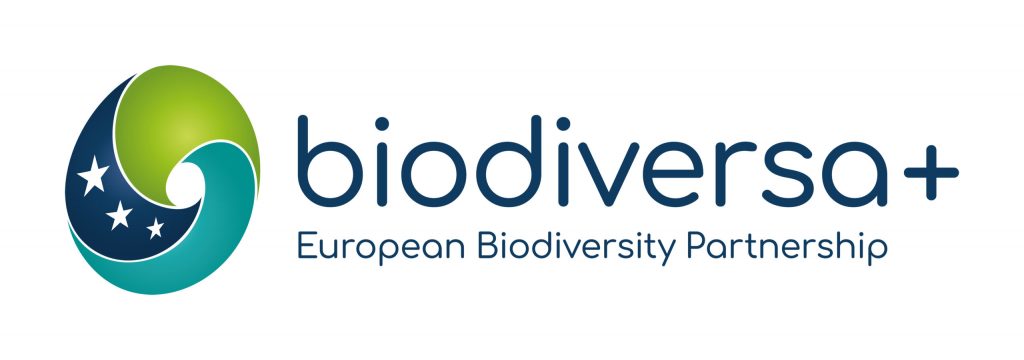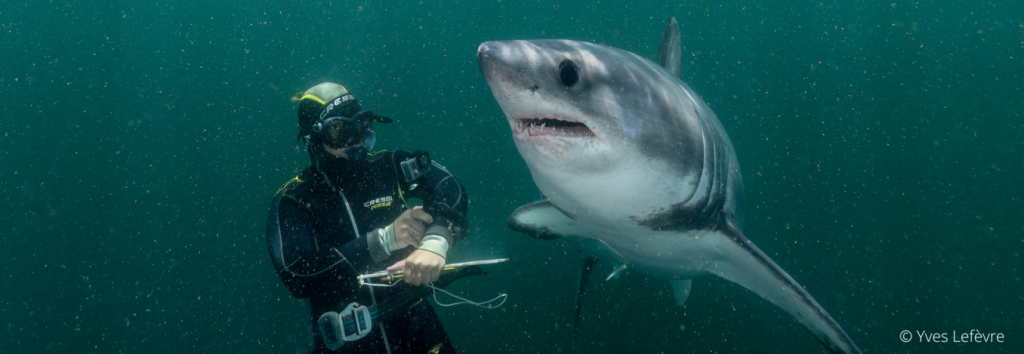
eWHALE: Combining environmental DNA sampling, whale/sharks watching and citizen
science for stakeholder-driven marine biodiversity protection in the North-East
Atlantic and the Mediterranean
Coordinated by Bettina Thalinger (Unviersité d’Innsbruck), in collaboration with Verena Trenkel, Loïc Baulier (IFREMER), Armelle Jung (DRDH – Des Requins et Des hommes NGO), the French Office of Biodiversity, and the Sept-Îles Nationale Nature Reserve. Website : https://ewhale.eu/

Rationale
The sheer vastness and inaccessibility of most marine habitats pose significant challenges to monitoring efforts and the creation of high-resolution, long-term biodiversity datasets essential for guiding policymakers. Societal support for the protection of marine biodiversity is key for the implementation of bold conservation strategies. However, most marine taxa are not in the public spotlight and remain hidden beneath the ocean surface. The « eWHALE » project (https://ewhale.eu/) aims to address these challenges by bringing together researchers, industry partners, and the public across Europe to implement stakeholder-driven marine biodiversity protection by combining environmental DNA (eDNA) sampling with whale/sharks watching and citizen science.
Objectives
Within this Biodiversa+ european project, our goal is to develop and implement eDNA methods to enhance our understanding on the population ecology and genetics of porbeagle sharks (Lamna nasus) that aggregate in unusually high numbers in shallow water off Brittany, northwest France.
The specific objective are :
- Clarify spatio-temporal patterns in porbeagles distribution and habitat-use by analysing water eDNA samples collected from different locations in shallow water off the Tregor/Goelo coast and at various time points.
- Perform individual-level haplotyping from water eDNA and estimate intraspecific genetic diversity and structure. We aim to better understand their genetic variatibility, relatedness and potential subgroups (comparison with existing genetic data from the Bay of Biscay). In addition, we will also attempt to develop a novel method for genotyping a panel of SNPs to fingerpinting individual from seawater eDNA (comparison with visual observations and genotypes obtained from biopsies).
- Identify associated marine megafauna (marine mammals, Atlantic bluefin tuna, other sharks) and potential preys (fish, cephalopods, crustaceans) using water eDNA metabarcoding. This will help us gain insights into the ecological interactions between porbeagles and their prey, shedding light on their trophic relationships and feeding behavior.